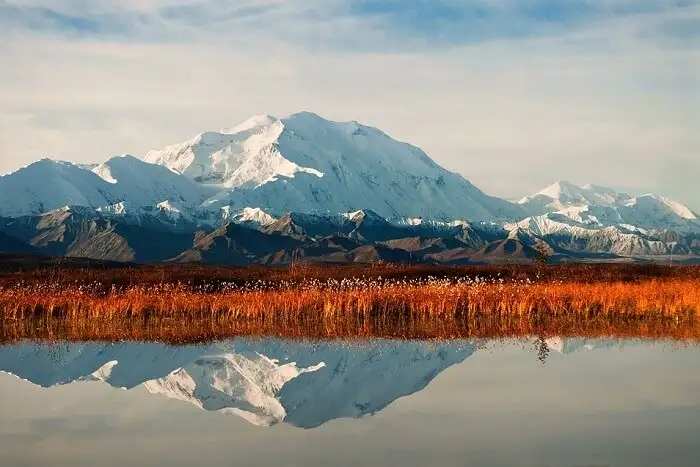10 Essentials You Need to Pack for Alaska
“You can’t be cold – you’re from Alaska!” Alaska list Whenever the weather gets cold, no matter where in the world I’m living, someone feels the need to point out that I can’t feel cold because I grew up in Alaska. Untrue, my friends. I do feel cold… I just also know how to dress for cold weather.
Whether you’re planning an Alaskan cruise or heading on a land tour between 5 days, 7 days, or even 10 days exploring Alaska, here’s what years of living in and traveling to Alaska have taught me about how to pack for travel in Alaska.
Quick Alaska Travel Tips
Before we launch into my packing list for Alaska, I find it handy to cover a few quick details that explain why these are the 10 essentials you need to pack for Alaska. Browse these sections quickly, then dive into my Alaska packing list below.
Best Time of Year to Visit Alaska
If you’re looking for the best weather conditions, it’s undeniable that summer is the best time of year to visit Alaska. During the season of the midnight sun, you’ll experience long days, warmer temperatures, clearer skies, and the lowest chance of snow (really, it doesn’t snow in the most common parts of Alaska during the summer!).
The best months to visit Alaska are June through August. These are the months with the best weather – most sun and least rain – and warmest temperatures. Unfortunately, this short peak season means you’ll be visiting at the same time as every other traveler, so consider whether shoulder or off-season travel might be a better option for you. You’ll still experience mild temperatures in the shoulder season.
Weather in Alaska by Season
This Alaska packing list is primarily aimed at travelers in the summer and shoulder season (early May to late September). Outside those months, you’ll be dealing with snow for sure, and you’ll need real winter gear to stay warm.
In the summer months (June to August), temperatures usually range from lows around 50°F to highs in the mid-60s to mid-70s F. Summer weather in Alaska is the best!
In the spring and autumn (April/May and September/October), temps change quickly, but you’ll still find (mostly) mild weather, from lows around freezing (32°F) to highs in the upper 40s.
In the winter (November to March), expect below-freezing temperatures during the short, cold days – and subzero temps at night. Bundle up, especially if you plan to be out to see the northern lights!
General Rules for Packing for Alaska
There’s really only one rule for what to wear in Alaska – and I feel like I’m spilling the beans on a local secret here – : layers.
I say it for every packing list I write: layers are key to staying comfortable without overheating or freezing. You can start a day hike in the morning with several layers on, and take them off as the day warms up and you make the climb. Throw on a rain-slick over your jacket to stay warm when the gray clouds over Kenai Fjords finally drop some rain. You can bundle up or strip off layers as the weather changes every five minutes.
I’ve lived in colder climates than Alaska (Iowa and Indiana, I’m looking at you!), where people wear just one big jacket to stay warm. As for me, I’ll keep wearing my layers to be comfortable no matter what adventure the day brings.






